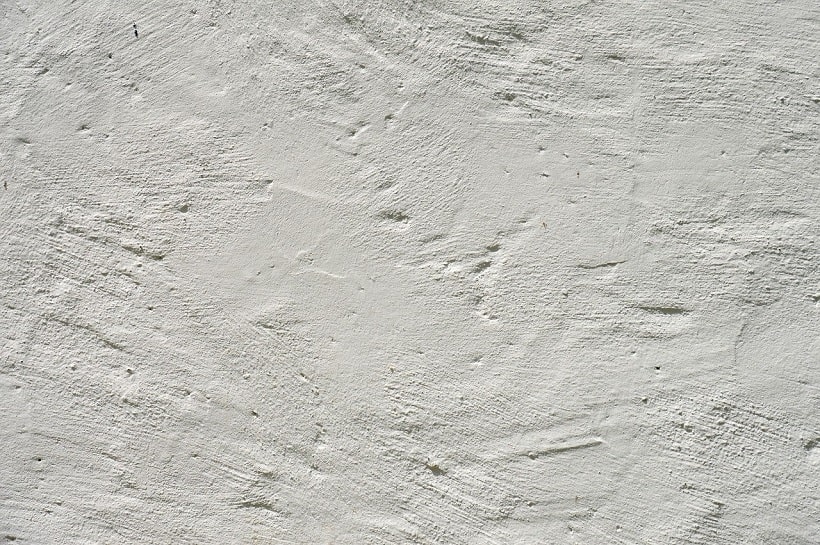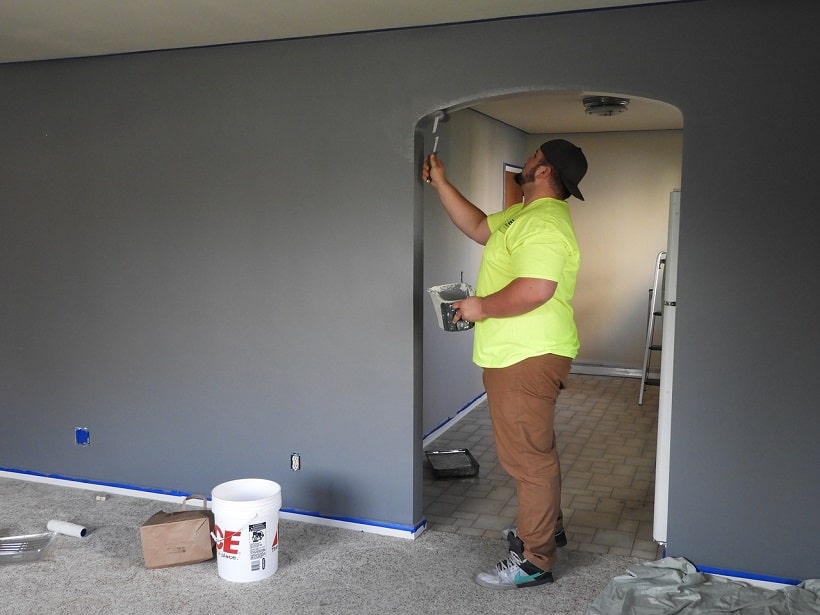Blogs
Home / Blogs

Blogs
Home / Blogs

Posted at 10 November 2019 in Blogs by Gary Braun
Asbestos is a versatile material that has a wide range of applications. Unfortunately, the health hazards that it can pose makes it too risky for normal use. Asbestos, when inhaled, can cause multiple respiratory problems. These problems aren’t just your run-of-the-mill coughs and colds. The diseases caused by asbestos can be severe and even fatal in the worst cases.
Possibly the most common use of asbestos is in the construction industry. Due to its unique properties, asbestos is added to roofs, walls, plasters, and other parts. The material itself has been used centuries for different applications. It was not only until a few decades ago when the health hazards were fully identified.
The use of asbestos in homes and other buildings have declined since then. There are still some remaining materials that contain asbestos, however, and this puts you and your family in danger as a result.
Asbestos itself does not refer to only one type of material. Six unique minerals actually classify as asbestos. All of these pose health hazards to humans, regardless of type. These different types of asbestos are the following:
These materials were commonly used as construction materials, so many people can be potentially exposed as a result. Identifying asbestos when it is present is crucial in keeping you and your family safe from its dangers.
There are several ways of determining the presence of asbestos in homes. Doing so is extremely important, as asbestos goes to the air through abrasion. That means that causing damage to the material that contains asbestos can cause it to be released. A home renovation is one way of causing damage to these materials. Identifying the presence of asbestos can allow you to take more careful measures if it is indeed used. Here are some effective ways of identifying asbestos in your home.

In the 1980s, most construction materials that contained asbestos were phased out. The Australian government completely banned all products containing asbestos in 2003. That means that if your home was constructed before the 90s, it might have asbestos-containing materials.
Make sure to check the exact construction date of your home. Also, check the years when the individual pieces in your home were built. Older articles could imply the presence of asbestos.
Materials that contain asbestos were usually connected using aluminum runners, which were bonded together using unpointed nails. This design was typical back in the days when asbestos was still legal to use. If you spot this type of design in your home, then the presence of asbestos sheets may be worth checking. Many adhesives also contain asbestos, so make sure you check those too.
Materials that contain asbestos may have a design that makes them appear mottled or dimpled. Other items that contain asbestos may appear papery or fibrous. While these are not definitive ways of detecting asbestos, they may still serve as good indicators.
Some manufacturers disclose the materials they use for their items. Look at the labels of individual materials to see if asbestos was in any of them.
Checking for the presence of asbestos in homes is necessary before you start any renovation or construction work. Doing so can help keep your home renovation project a safe one for your family. Here is a list of everyday items that may contain asbestos:
Since asbestos is a fibrous material, it leaves behind traces and patterns that you can spot. Common patterns include papery surfaces, mottling, dimpling, visible fibers, and many others. Watch out for these patterns and inform whoever will be doing renovations about the possible presence of asbestos.
Not all contractors are familiar with dealing with materials that contain asbestos. Make sure that you hire one who has years of experience in this field. Doing so helps ensure that you and your family are safe from the dangers that asbestos can bring.
Get started with your project today: 702-960-7754

 Pairing Countertops with Kitchen Cabinets
Pairing Countertops with Kitchen Cabinets